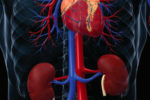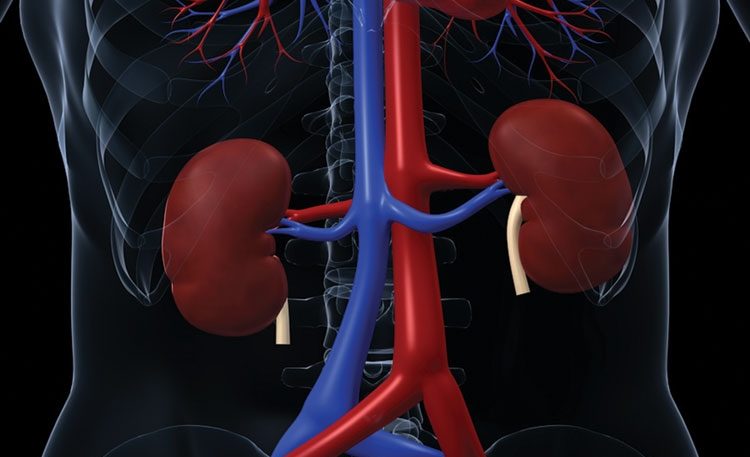Over the past five years there have been dramatic changes to the way in which people with chronic kidney disease (CKD) are being managed in primary care. As a result of policy changes there are now many more people with CKD being identified, especially those with stage 3A. This article deals with one of the most important issues for healthcare professionals when caring for people with early CKD – how to tell people that they have the condition and how to best manage it.






















